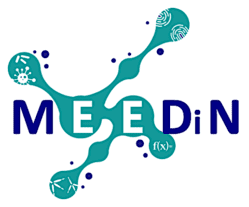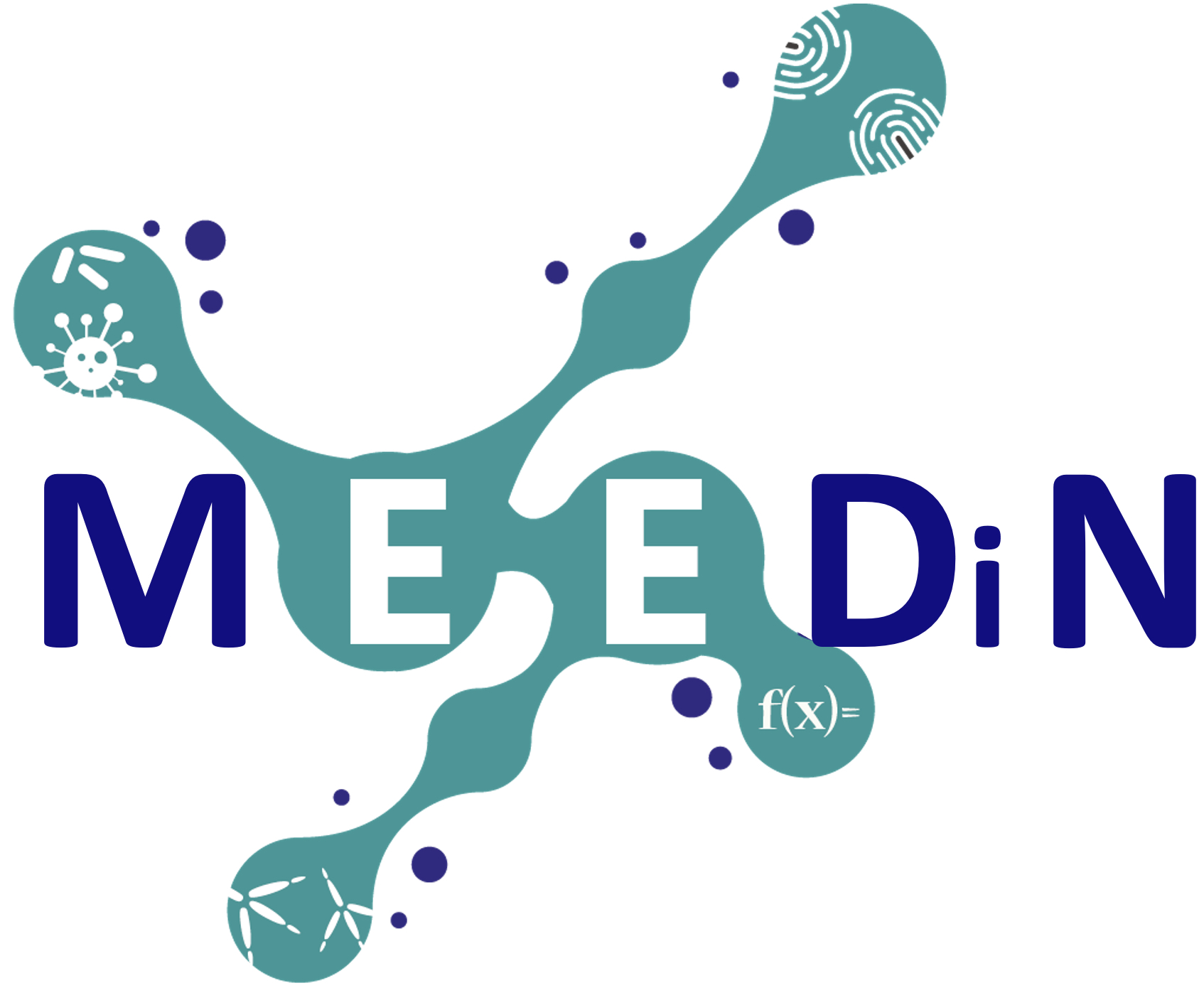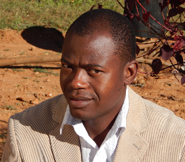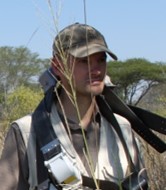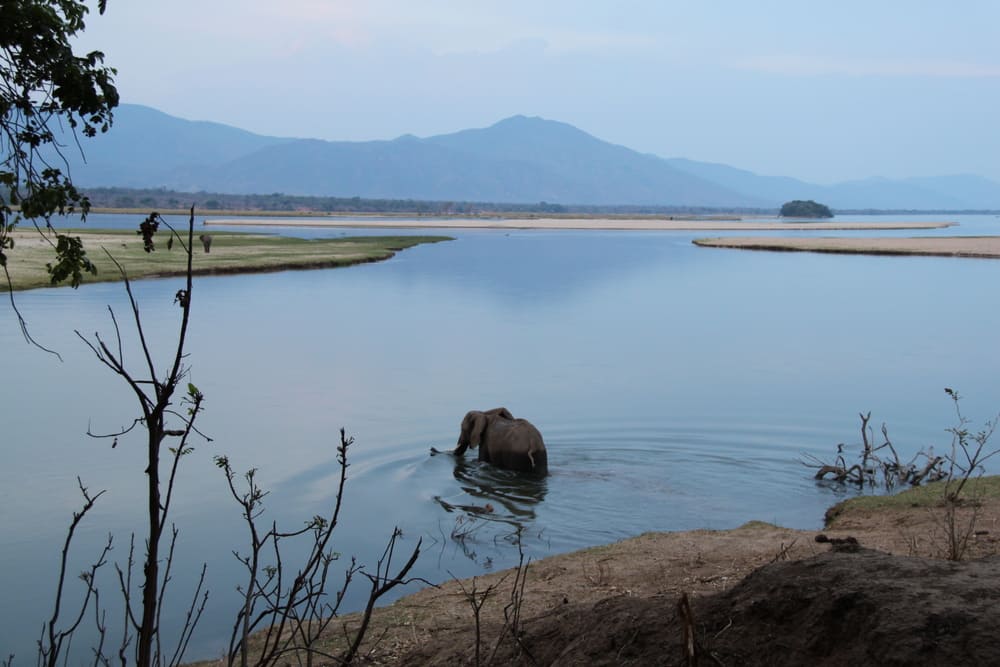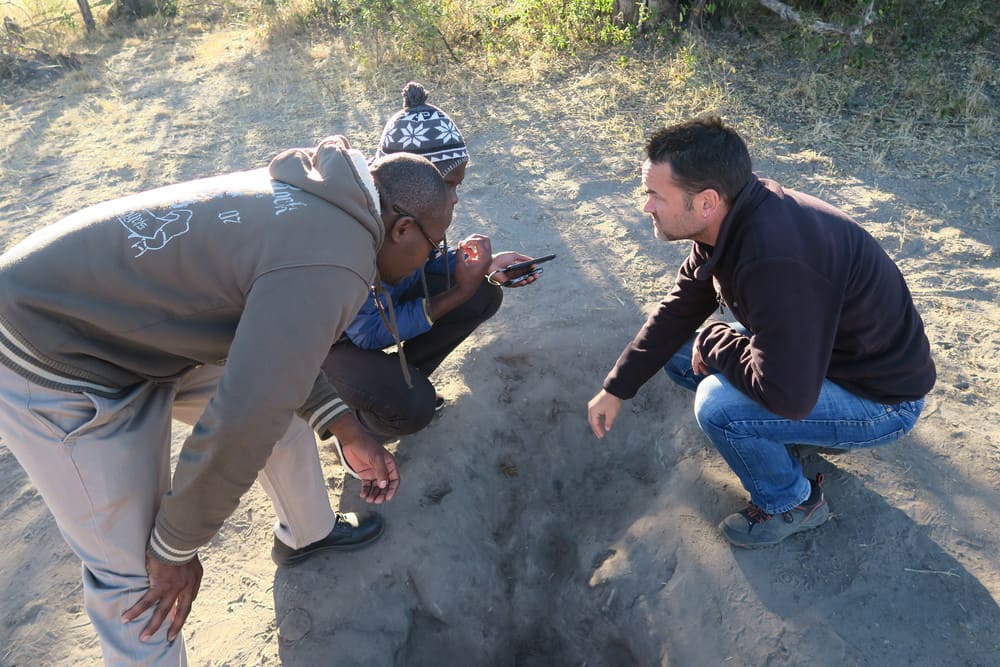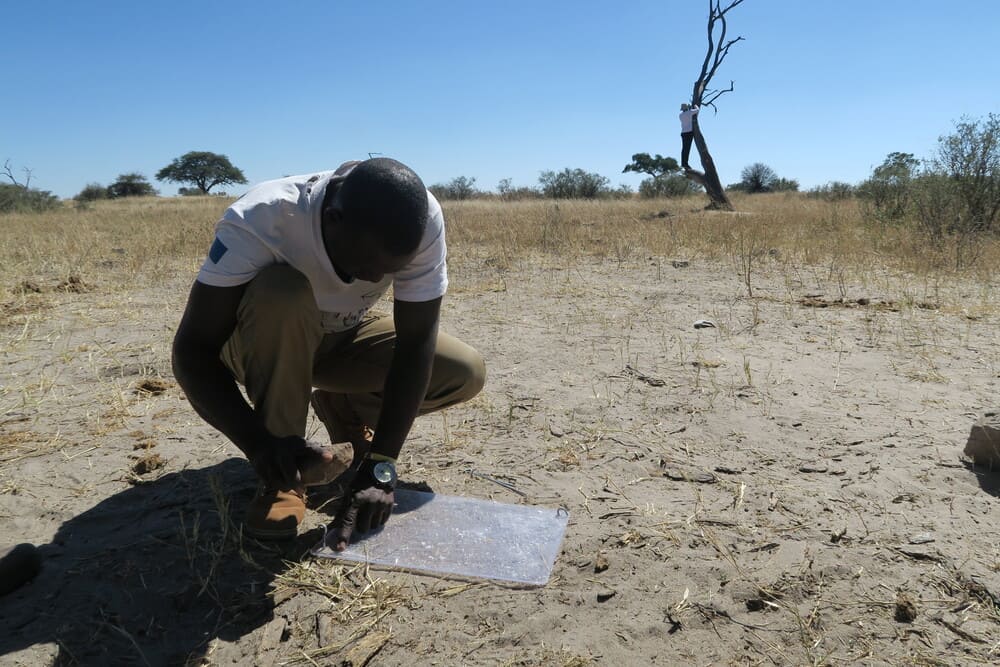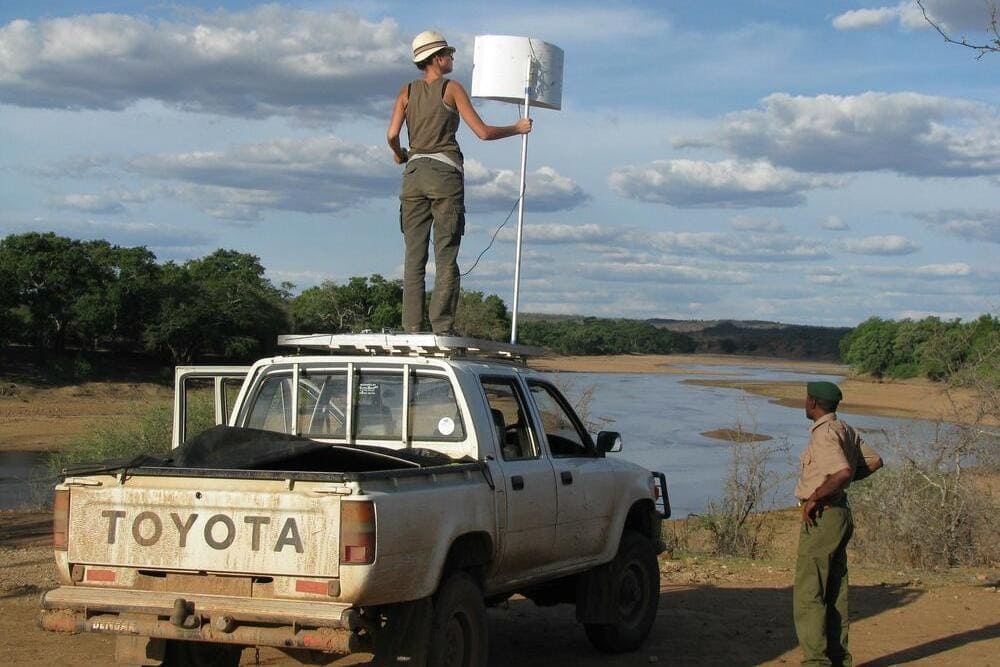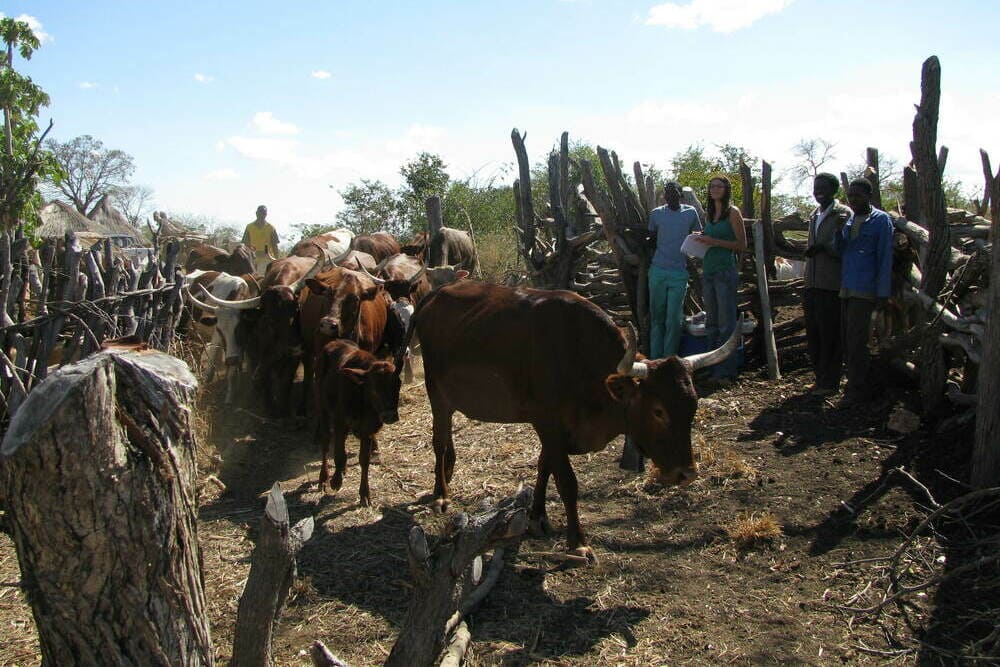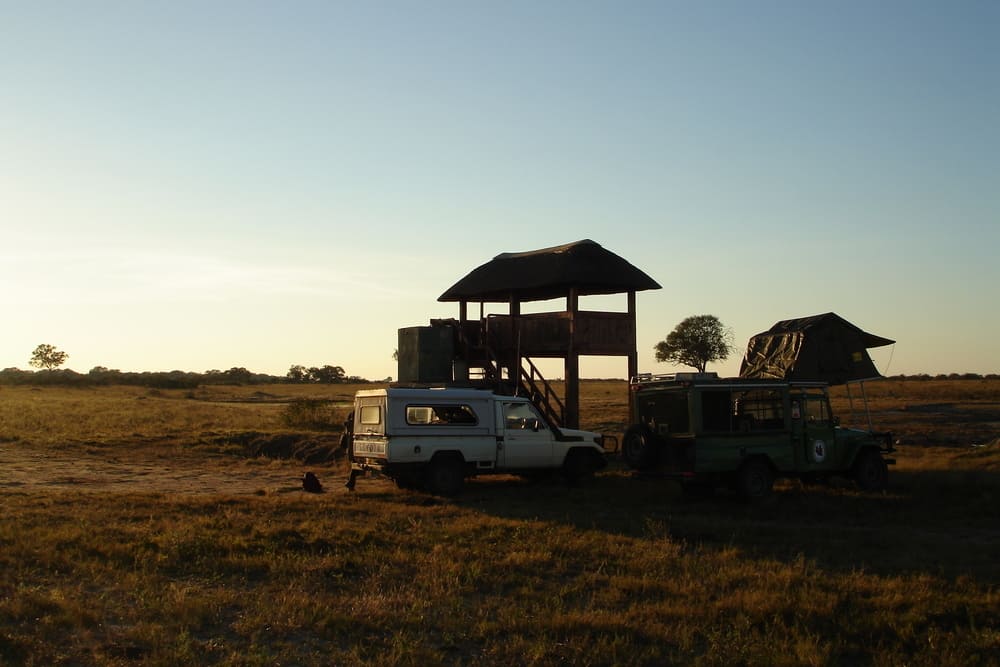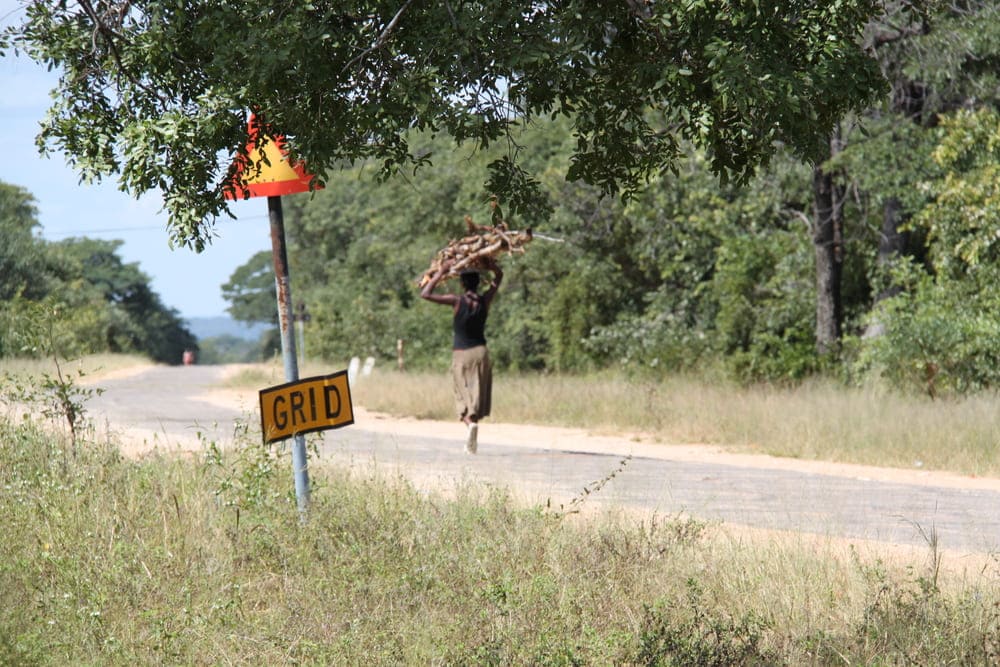How Climate change modify interactions among wildlife, livestock and human in hot spot of biodiversity in Africa? Which are the consequences for infectious diseases?
Study at the interface between communal and protected areas in Zimbabwe
PROJECT SYNTHESIS : The HUM-ANI project proposes to address increased infectious diseases’ threats and multi-hosts transmission in a context of climate change and biodiversity erosion in Austral African socio-ecosystems. Climate is changing and the African continent where temperatures are rising faster than the global rate will be particularly affected notably by severe drought and an increase in high-intensity rainfall events. It could result in significant losses of African plant species and of over 50 % bird and mammal species by 2100. Conservation movements have raised but these efforts seem to be inefficient. For instance, the population abundance of large mammals in Africa has declined by 59% between 1970 and 2005. From the “nature for itself” before 1970, conservation strategies changed from 2010 to a new fad based on the coexistence of “people and nature” in socio-ecosystems where sustainable interactions between human and nature are now promoted. However, the risks for wildlife, livestock and human in term of infectious diseases in this context of species extinctions, climate change and resources limitation are not well understood and predicted in the scientific literature. Addressing the consequences of the extinction of 1 million species for infectious diseases’ dynamics is thus crucial. Multi-species transmission is a key process in the emergence, spread and distribution of many infectious diseases (emergent or endemic) of humans and animals (domestic or wild). The predicted increase in aridity in Southern Africa will likely decrease primary production and make resource availability in space and time (surface water and forage) more uncertain. The increasing spatial overlap between pristine and agricultural environments, and the collapse of biodiversity are likely to redistribute inter-specific contact patterns and affect species jump processes.
Where to go when the availability of water and grass decreases?
Are protected Areas a refuge?
How will interactions between humans, domestic & wild animals be impacted by climate change?
What are the consequences for infectious diseases dynamics?
The HUM-ANI project aims to:
characterize the community and movements of hosts in contacts (wild, domestic animals & humans) at the interface between protected and communal areas in three socio-ecosystems (SE) under differing climate conditions monitor the spatio-temporal dynamics of a marker of transmission (i.e. Foot and Mouth disease) in the multi hosts community model how loss of biodiversity, increased temperatures and decreased rainfall are likely to modify the host contact networks and the resulting infectious diseases risks for wildlife, livestock and humans
Video sum up
Version française : « HUM-ANI : Le rôle de la biodiversité dans l'émergence de maladies infectieuses » https://youtu.be/yoLA4vG-Moc · Version anglaise : “HUM-ANI: Biodiversity's role in the emergence of infectious diseases” https://youtu.be/HYC9u1eIx74
PARTNERS:
- Research Platform « Production and Conservation in Partnership »
- University of Zimbabwe: Veterinary science and the Center for Applied Social Sciences ;
- Chinhoyi University of Technology: School of Wildlife, Ecology and Conservation
- University Nelson Mandela: Sustainable Research Unit
- Zimbabwe Parks and Wildlife Management Authority Department of Veterinary Services ,
- Zimbabwe University of Oxford: Department of Statistics
- Imperial College London: MRC Centre for Global Infectious Disease Analysis, Epidemiology, School of Public Health, Faculty of Medicine.
- IRD French National Research Institute of Sustainable Development
- CIRAD French Agricultural Research for Development
- CNRS French National Scientific Research
CURRENT TEAM MEMBERS

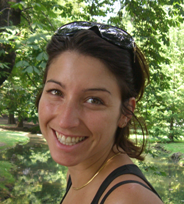

Geomatics & animal mouvements modelling
PAST TEAM MEMBERS

Malaria in Bobo-Dioulasso Panic Project

Ungulate networks characterization in Hwange National Park since the last 30 years
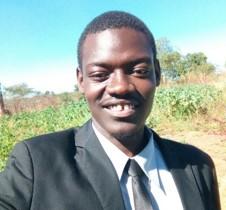
University of Chinhoyi Zimbabwe
Assessment of community composition
and species interaction : HNP Zimbabwe

Characterization of the spatio-temporal variability of wild hosts community and species interactions in savannah ecosystem

Characterization of the spatio-temporal variability of wild hosts community and species interactions in savannah ecosystem
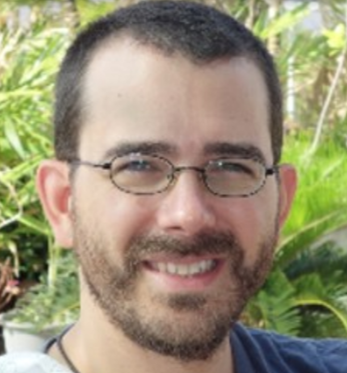
Objective measure of Insecticide Treated Net usage following an mHealth intervention to prevent malaria in Burkina Faso
CURRENT PROJECTS
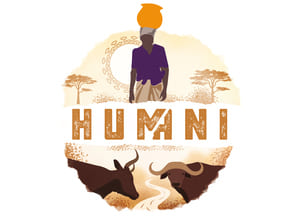
HUMANI :Contacts among wildlife, livestock & human in Africa and Infectious Risk
learn more ...
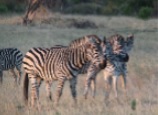
The WHISHES project (2018-2020) is funded by the labex Cemeb from the University of Montpellier Abstract : Multi-species transmission is a key process in the spread of infectious diseases. The mechanisms underlying multi-species transmission are not well known. Recent theories suggest that a more diversified host community leads to a dilution of the risk of transmission
learn more ...
Furthermore, epidemiological models still rarely account for the full composition of the host community. This is especially true when wildlife species can serve as hosts, because of the difficulty to describe the host community and to detect pathogens in wildlife. We will develop a method to study the dynamic of a multi-hosts pathogen in situ (i.e. the foot and mouth disease, brucellosis in Hwange National Park, Zimbabwe), using non-invasive collection (feces, saliva) and Pocket PCR. We will conduct over a year a longitudinal survey to detect pathogens occurrence in host species and describe host species community composition. We will further characterize host species community composition through the analysis of historical wildlife census data. These are the first steps towards testing the dilution effect by linking host community composition and infectious risk.
Collaborators:
Franck Prugnolle (CNRS, CREES, MIVEGEC), Vladimir Grosbois (Cirad , ASTRE) , Simon Chamaillé (CNRS, CEFE).
Partners:
· Zimbabwe · France : CNRS, CIRAD, University of Montpellier, ANSES, IDvet
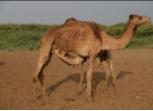
learn more ...
One of the big paradoxes of the MERS-CoV epidemiology is the apparent lack of human cases in large parts Africa where the virus and an animal host, the dromedary camel, are present. Understanding the differences between Africa and the Arabian Peninsula (where MERS-CoV is now endemic) would provide crucial understanding on how to reduce zoonotic infection. The research questions of the MERS-Cov project are.. * What is MERS-CoV transmission dynamics in camel herds in Africa? Are there seasonal patterns of MERS-CoV infection in camel populations? What is/are the mode(s) of transmission of MERS-CoV? * How does MERS-CoV evolve within a camel herds and at the continent scale?. Collaborators : Vladimir Grosbois (ASTRE, Cirad) Partners & Fielworks : · BURKINA FASO – IRSS – INERA · ETHIOPIA – NVI – Haramaya University · FRANCE – Cirad / Ird / Institut Pasteur · HONG KONG – HK university · KAZAKHSTAN – LPP · MAROCCO – IAV Hassan 2
Read more
learn more ...
We propose to take as a model the contacts between domestic and wild herbivores on the periphery of protected areas in southern Africa, a region of the world with many national parks and where animal movements between natural and anthropic habitats are frequently observed in both directions. Two diseases will be studied: foot-and-mouth disease and Rift Valley feve. The TEMPO project will be based on telemetry data, surveys and epidemiology data already available, and will focus on the development of innovative spatial modeling methods for the simulation of animal mobility. The main methodological challenges that will be addressed are the assimilation of Earth Observation multi-sensor data in the models, and the modeling of mobility at different spatial scales.
The project is structured in three parts:
(1) Use of remote sensing to characterize and monitor the environmental determinants of space occupation, movements of and contacts between wildlife and domestic animals;
(2) Modeling the dynamics of land use taking into account these environmental determinants;
(3) Modeling the transmission of pathogens between wild and domestic animal populations.
This project is carried out within the framework of the Research Platform "Production and Conservation in Partnership" (RP-PCP)
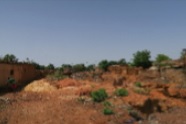
During the last century, WHO have led public health interventions that resulted in spectacular achievements such as the worldwide eradication of smallpox and the elimination of malaria from the Western world
learn more ...
During the last century, WHO have led public health interventions that resulted in spectacular achievements such as the worldwide eradication of smallpox and the elimination of malaria from the Western world. However, besides major successes achieved in control of infectious diseases, most elimination/control programs remain frustrating in many tropical countries where specific biological and socio-economical features have prevented implementation of disease control over broad spatial and temporal scales. Although on the one hand most pathogens are resistant to elimination, on the other hand, paradoxically, human activities are major drivers of the current high rate of extinction among higher organisms through alteration of their ecology and evolution, i.e., their « niche ». During the last decades, the accumulation of ecological and evolutionary studies focused on infectious diseases has shown that the niche of a pathogen holds more dimensions than just the immune system targeted by vaccination and treatment. Indeed, it comprises various intra- and inter- host levels at very different spatial and temporal scales.This project aims to shift from disease control to reverse conservation biology of pathogens in order to devise new public health strategies. Our objective is a qualitative understanding of the “niche” of two different pathogens at a fine spatial scale, Plasmodium falciparum in Bobo-Dioulasso (Burkina-Faso) and dengue virus in Kâmpóng Cham (Cambodia), through a trans-disciplinary approach mixing ecology of infectious diseases, public health and health economics to carefully tailor mathematical models able to demonstrate how public health strategies could be improved for these diseases control in these areas and potentially drive the pathogens to local extinction. Such public health tools could be thus extended to other areas of interest and other diseases..
Partners :
· IRSS
· Institut Pasteur Cambodia Biological models: Malaria and Dengue Study sites : Burkina Faso et Cambodia
RELEVANT PUBLICATIONS Click here for the full list
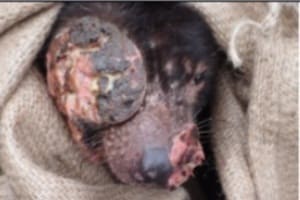
click for abstract ...
The maintenance of infectious diseases requires a sufficient number of susceptible hosts. Host culling is a potential control strategy for animal diseases. However, the reduction in biodiversity and increasing public concerns regarding the involved ethical issues have progressively challenged the use of wildlife culling. Here, we assess the potential of wildlife culling as an epidemiologically sound management tool, by examining the host ecology, pathogen characteristics, eco-sociological contexts, and field work constraints. We also discuss alternative solutions and make recommendations for the appropriate implementation of culling for disease control.
Read more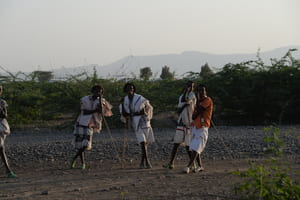
click for abstract ...
Middle East respiratory syndrome (MERS) is a zoonotic disease of global health concern, and dromedary camels are the source of human infection. Although Africa has the largest number of dromedary camels, and MERS-coronavirus (MERS-CoV) is endemic in these camels, locally acquired zoonotic MERS is not reported from Africa. However, little is known of the genetic or phenotypic characterization of MERS-CoV from Africa. In this study we characterize MERS-CoV from Burkina Faso, Nigeria, Morocco, and Ethiopia. We demonstrate viral genetic and phenotypic differences in viruses from West Africa, which may be relevant to differences in zoonotic potential, highlighting the need for studies of MERS-CoV at the animal–human interface.
Read more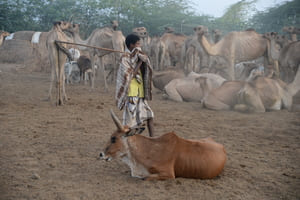
click for abstract ...
Understanding Middle East respiratory syndrome coronavirus (MERS-CoV) transmission in dromedary camels is important, as they consitute a source of zoonotic infection to humans. To identify risk factors for MERS-CoV infection in camels bred in diverse conditions in Burkina Faso, Ethiopia and Morocco, blood samples and nasal swabs were sampled in February–March 2015. A relatively high MERS-CoV RNA rate was detected in Ethiopia (up to 15.7%; 95% confidence interval (CI): 8.2–28.0), followed by Burkina Faso (up to 12.2%; 95% CI: 7–20.4) and Morocco (up to 7.6%; 95% CI: 1.9–26.1). The RNA detection rate was higher in camels bred for milk or meat than in camels for transport (p = 0.01) as well as in younger camels (p = 0.06). High seropositivity rates (up to 100%; 95% CI: 100–100 and 99.4%; 95% CI: 95.4–99.9) were found in Morocco and Ethiopia, followed by Burkina Faso (up to 84.6%; 95% CI: 77.2–89.9). Seropositivity rates were higher in large/medium herds (≥51 camels) than small herds (p = 0.061), in camels raised for meat or milk than for transport (p = 0.01), and in nomadic or sedentary herds than in herds with a mix of these lifestyles (p < 0.005).
Read more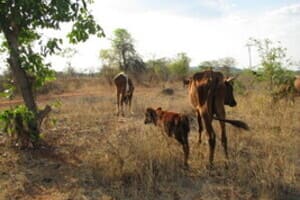
click for abstract ...
Humans live increasingly in the proximity of natural areas, leading to increased interactions between people, their livestock and wildlife.
Aim
We explored the role of these interactions in the risk of disease transmission (foot‐and‐mouth disease [FMD]) between cattle and the African buffalo (the maintenance host) and how a top predator, the lion, may modulate these interactions.
Location
The interface of Hwange National Park (HNP) and surrounding communal lands, Zimbabwe.
Method
We combined a longitudinal serological cattle survey for FMD, GPS‐collar data and cattle owners’ interviews during four seasons in 2010–2011.
Results
Overall FMD incidence in cattle was low, but showed a peak during the rainy season. The incidence dynamic was significantly explained by cattle incursion into the protected area (i.e., buffer zone of 3 km inside HNP) and not by contacts with buffalo or contacts among cattle. These results suggest that FMD virus either survives in the environment or is transmitted by other ungulate groups or species. The analysis of incursion frequency in the buffer suggests that (1) buffalo and cattle are avoiding each other up to 2 months after one species track and that (2) lions make frequent incursions in the buffer few days to few weeks after buffalo had used it, whereas buffalo did not use areas occupied by lions. Lions could thus reduce the spatio‐temporal overlap between cattle and buffalo in the interface, which could contribute to the low level of FMD incidence.
Main conclusions
During the rainy season, traditional herding practices push cattle away from growing crops near villages into the HNP but not during the dry season, suggesting that cattle owners may decide to rely on lower quality resources in the communal land in the dry season to avoid the risks of infection and/or predation in the HNP. This study highlights the complex dynamics that operates at human/livestock/wildlife interfaces.
NEWS
Kick Off Meeting on ZOOM 24-25 June 2020 people from Montpellier, Harare, Chinhoyi, Georges, Oxford, Bangkok, Maputo, Paris, St Denis, Pretoria, Marseille
More than 35 people connected during 2 days for lauch the HUM ANI project for the next 5 years in Zimbabwe
How Climate change modify interactions among wildlife, livestock and human in hot spot of biodiversity in Africa? Which are the consequences for infectious diseases? Study at the interface between communal and protected areas in Zimbabwe
Video sum up
Version française : « HUM-ANI : Le rôle de la biodiversité dans l'émergence de maladies infectieuses » https://youtu.be/yoLA4vG-Moc · Version anglaise : “HUM-ANI: Biodiversity's role in the emergence of infectious diseases” https://youtu.be/HYC9u1eIx74
PHOTO GALLERY
Montpellier
